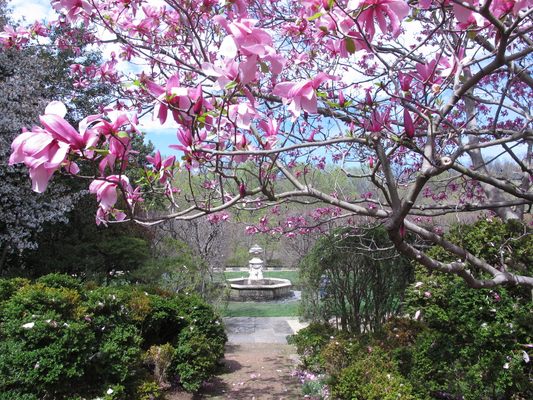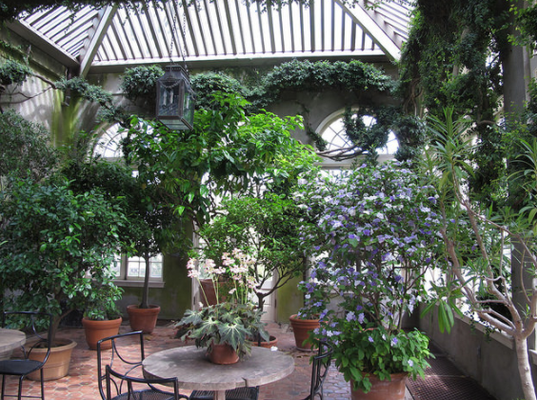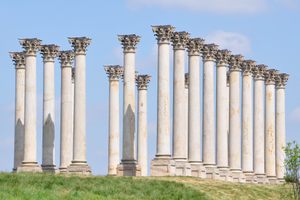About
This stunning estate with sprawling formal gardens wouldn’t look out of place in one of the grand old European capitals. Instead, the opulent brick-walled property sits on the hills above Washington, D.C., now housing a Harvard research library and one of the most under-appreciated museum collections in town.
If you’ve heard of Dumbarton Oaks before it is likely vis-a-vis its connection with the 1944 conference that lead to the formation of the United Nations. For 47 days during the end stages of World War II, allied diplomats hashed out postwar objectives and rifle-toting guards patrolled the grounds.
Today the estate has traded geopolitical conflict for academics and the arts. The Dumbarton Oaks Research Library and collection holds stunning exhibitions of Byzantine and pre-Columbian art, a collection of medieval and Renaissance art and furniture, and an immaculately landscaped garden. The original mansion has been expanded with several new wings, and each section has its own distinct design.
The Byzantine art is housed in a Greek-inspired space complete with columns and mosaics; the pre-Columbian work in an elegantly finished modern space full of glass and light; and the medieval and Renaissance work is in a display space that was a part of the original residence.
The land that Dumbarton Oaks sits on was once part of the Rock of Dumbarton grant that Queen Anne made to Ninian Beall in 1701. Around a century later, the first house was built on the property, and it was greatly expanded and renamed The Oaks in the middle of the 19th century. Among The Oaks’ notable residents was Vice President John C. Calhoun, who actually lived in the house during his first term in office.
In 1920, Mildred and Robert Wood Bliss bought the property, and christened it Dumbarton Oaks in reference to its two historic names. According to the Cultural Landscape Foundation, the design of the estate's gardens "is the result of a decades-long partnership between landscape gardener Beatrix Farrand and her client, Mildred Bliss." Farrand, a founding member of the American Society of Landscape Architects, took inspiration from Italian Renaissance gardens while designing terraced flower gardens that transitioned into a more naturalistic landscape.
The Bliss family gradually expanded the property to the 54 acres it occupies today. They also collected the artwork on display today, and donated the upper 16 acres to Harvard University upon their deaths.
Related Tags
Know Before You Go
The museum and gardens are open to the public Tuesday - Sunday.
Community Contributors
Added By
Published
July 12, 2017
Updated
March 22, 2022



















































































